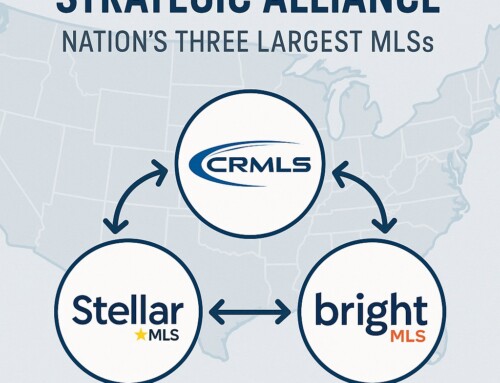 What happens next in the financial markets of the mortgage industry is up in the air. Our current system is a failure when markets go down. It cripples our industry, the financial markets, and millions of consumers.
What happens next in the financial markets of the mortgage industry is up in the air. Our current system is a failure when markets go down. It cripples our industry, the financial markets, and millions of consumers.
The National Association of REALTORS released their reform recommendations. As one of the chief lobbying groups in Washington DC, you can bet that government is listening. They highlight the issues. Government Sponsored Entities are problematic. Anytime you have an artificial business that shares profits when times are good, and gets bailed out by taxpayers when times are bad – risk of collapse is high. In this case – 10 Trillion Dollars High.
The centerpiece in the NAR recommendation is to insure the continued flow of capital into the housing and mortgage markets – regardless of the state of the housing or mortgage markets. This is, in essence, what is happening today. The Federal Government is pouring cash into GSEs and keeping interest rates low in an effort to keep liquidity in the real estate industry. At the same time, the GSEs are tightening standards – moving from no-down payment loans of a few years ago to 30% down payments today.
Today goal of GSEs is to help the ‘underserved segments of the population’ realize the dream of home ownership. Today, it would appear that 50%-70% of homebuyers are ‘underserved’ because that is the market share of loans managed by GSEs as they have insured all of these bad loans. The government expanded GSEs during the heyday of raising home values. What was established as a safety net for the underserved became a huge revenue source to offset budget deficits. NAR wants to unplug the Federal Government from this profit and bail out cycle by transitioning them from GSEs to Government Sponsored, Non Shareholder owned Authorities. Rather than taxes, Government Bonds would be issued to raise capital.
NAR’s argument is that the authority would provide stability to the real estate industry, and manage risk for investors my regulating mortgage terms. The outline for Responsible Lending practices was authored by NAR in 2005. Among many principles, it called for 20% down payment to reduce insurance risk on defaults. Eliminate sub-prime lending practices. Require reasonable debt to income ratios of borrowers (I could not find the definition of reasonable). Require an escrow for taxes and insurance that is factored into the monthly payment. Verify all income stated on loan applications. All sounds good. There is more, but you get the picture.
By all assessments, the NAR plan is still creating an artificial housing economy backed by the federal government. Critics say that the reliance on the bond market for real estate liquidity to fund loans may exacerbate an already troubled bond market.
Overall, NAR’s plan is a brilliant first step that moves slowly in the right direction. It will eliminate government profits when risk is low in the housing market, but also reduce the effects that a weak housing market has on government budgets. Alternatively, some people are caliing for a plan to eliminate GSEs, which I favor as good in capitalist theory, but ridiculous in practice given the size of the problem.
This year’s NAR Mid-Year legislative meetings will be EPOCH! So will our party.




